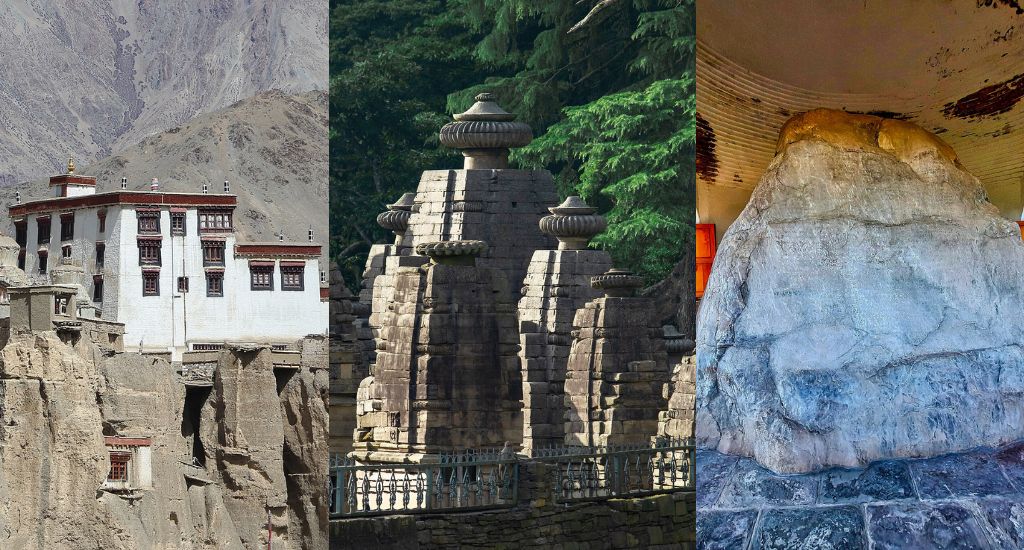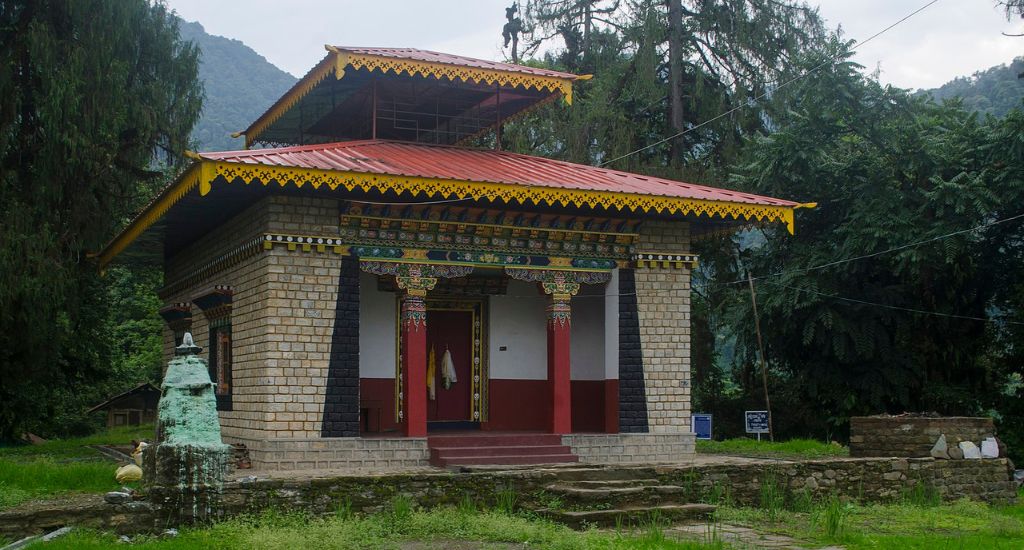
5 offbeat Himalayan heritage sites to tick off your bucket list
On this World Heritage Day we shortlist five lesser-known historical sites from India’s Himalayan states that you can plan to visit as temperatures peak this summer.

On this World Heritage Day we shortlist five lesser-known historical sites from India’s Himalayan states that you can plan to visit as temperatures peak this summer.
April 18 is observed as the International Day for Monuments and Sites, and India is home to a vast number of heritage sites. It may not be possible to explore more than a handful of heritage sites each year, and with summer on the anvil, it’s a good time to plan a getaway to cooler climes where history and nature come together to create an unforgettable experience. Here are five lesser-known heritage sites from the Indian Himalayas that you must visit.

Situated between Srinagar and Leh city, the majestic monastery is perched 3,510 metres above sea level. You will have to drive about 127 km out of Leh to get here, making it a day trip from the popular tourist destination. Strange geological formations in the vicinity of the monastery give it a lunar-like feel, while the monastery itself is home to exquisite frescos and masks. It also houses a glassed meditation cave of Lama Naropa. The area consists of five buildings and was founded by Mahasiddacarya Naropa in the 11th century.
Also Read: Ladakh longs for tourists who give region a miss

A short drive out of Dehradun, en route to Chakrata in Uttarakhand, lies the spectacular Ashokan rock edict at Kalsi, right on the banks of the river Yamuna. Besides the scenic beauty of this spot, the Pali script evidenced on the protected rock at this site merits a visit. In the 3rd century BC Kalsi was the seat of dhamma, and the spread of Buddhism was taken very seriously. Ashoka had a total of 14 edicts inscribed at this spot.
Also Read: Unique homestays in Munsiari

A deafening stillness will greet you at the Dubdi monastery, known to be Sikkim’s oldest monastery. This is so because, after the bustle of Gangtok, five hours away, this area receives very little attention from tourists. Yuksom, where the monastery is located, is situated in the Geyzing subdivision of West Sikkim. The monastery was founded in 1701 by Chogyal Namgyal, Sikkim’s then king. It is a Buddhist shrine of the Nyingma sect of Tibetan Buddhism.
Also Read: Trout fish lifts Sikkim woman out of poverty

This complex of 124 big and small temples dedicated to Lord Shiva is said to have been built about 2,500 years ago. Stone lingams and intricately carved stone sculptures are the highlight of the complex, framed perfectly by thickets of alpine trees. As per the Archaeological Survey of India (ASI), this site dates back to the post-Gupta and pre-medieval periods. It went through different phases of reconstruction between the seventh and 14th centuries. The Jat-Ganga, that flows nearby, gives it a picture-perfect appearance.

This is one of the most scenic spots to behold Srinagar from. Pari Mahal, which translates to “palace of the fairies”, was built by Dara Shikoh (Mughal emperor Shah Jahan’s eldest son) in the 1600s. It displays signature aspects of Islamic architecture and was used by the prince as a library, spiritual retreat and dwelling place. It is located a few minutes away from the Cheshma Shahi Gardens.
Also Read: The Srinagar haveli where ‘Rockstar’ was shot
The lead image at the top shows (from left) Lamayuru Monastery, Jageshwar temple complex and the Ashokan rock edict at Kalsi. (Photo from Wikimedia Commons)